What is a smart home control device?
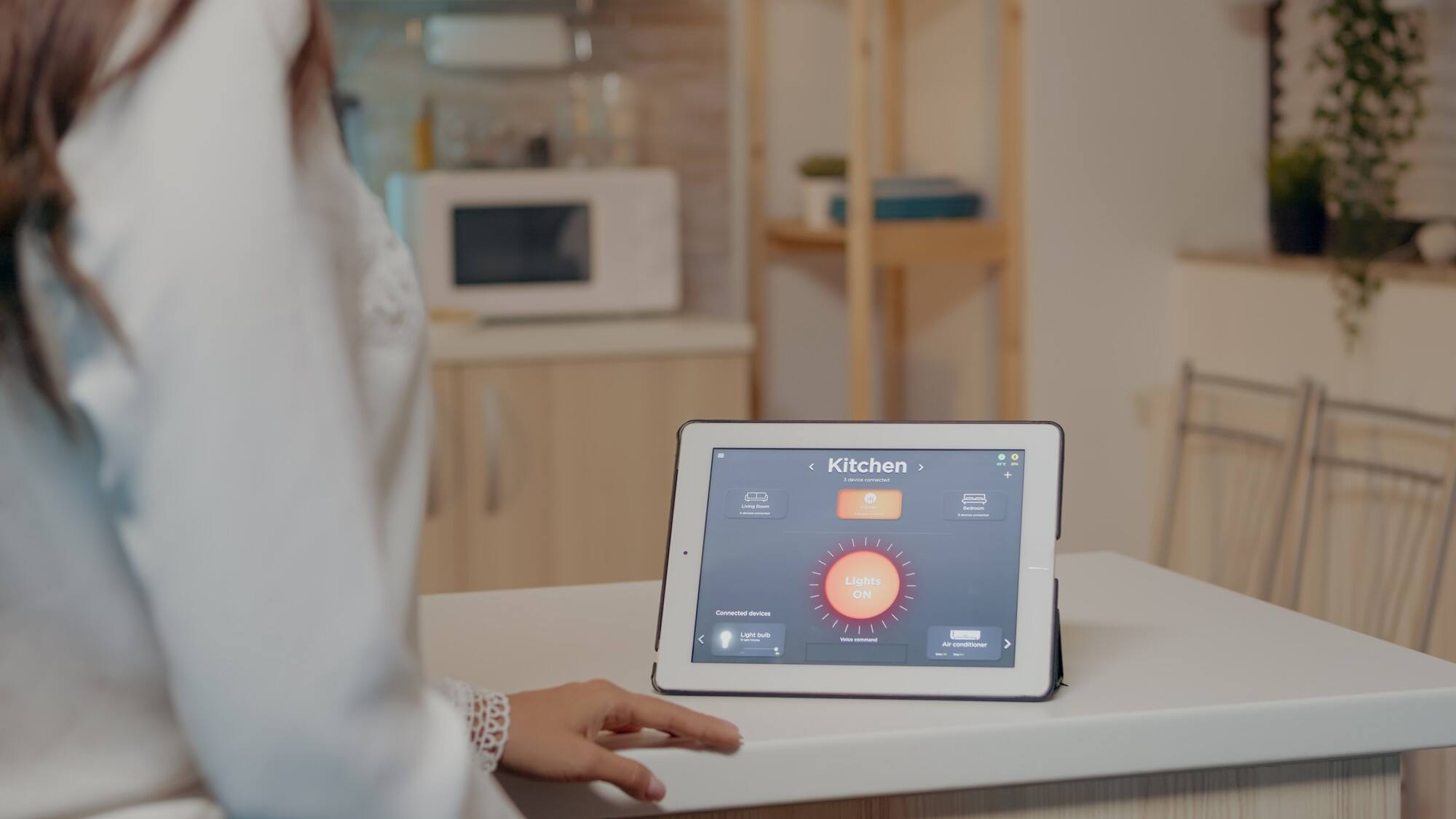
With the rapid development of technology, smart homes are gradually entering thousands of households. Users can easily control home lighting, temperature control, security, home appliances and other equipment through one device, improving the convenience of life. Among the many smart home control devices, smart home control tablets are becoming the ideal choice for more and more users. Today I will answer some common problems you may encounter in smart home devices.
#tabletforhomeautomation #wallmountedtabletforsmarthome #besttabletforsmarthome #homeassistantkiosktablet #homeassistantwallpaneltablet #smarthomewalltablet
If you want more details, please contact us on
WhatsApp: +86-13501581295
E-mail:[email protected]
Welcome to consult our official website, our website is: https://www.uhopestar.com/
#tabletsonsale #bestandroidtabletpc #bestbuytablets #smartdisplay #hometablet #smarthomecontrol #homeassistanttablet #smarthomedisplay #smarthometablet #tabletforsmarthome
What is a smart home control device?
1.Definition of Smart Home Devices
With the continuous development of science and technology, our lives have become more convenient and intelligent. Smart home control devices, as the "smart brain" of modern homes, make various devices in the home no longer isolated individuals, but form an intelligent and automated living environment through the interconnection of the Internet and technology. Whether you are at home or working outside, through these devices, you can easily control and manage various electronic devices in the home and improve the quality of life.
#homeassistantwallmountedtablet #smarthomecontrolpaneltablet #smartthingstablet #homecontroltablet #bestsmarthometablet
2.Functions of Smart Home Tablet
a.Remote control: Users can control their home devices anytime and anywhere through smartphones or tablets. For example, you can open and close windows at home to ventilate the room through your phone in the office, or turn on the air conditioner to adjust the room temperature before going home.
b.Automatic control: Smart home devices can automatically adjust according to environmental changes or preset conditions. For example, the smart lighting system can automatically adjust the light intensity according to the indoor brightness; the smart air conditioner can automatically adjust the wind speed and temperature according to the indoor temperature to achieve a comfortable living environment and improve the user's living experience.
c.Voice control: Equipped with voice recognition technology, users can control it through voice commands. For example, say "turn on the light" and the device will respond quickly. This makes home life more convenient, especially when your hands are busy or it is difficult to touch the device, voice control will be very portable.
d.Security monitoring: Smart home control devices can also enhance home security. For example, smart door locks allow users to remotely control the opening and closing of doors, avoiding the problem of forgetting to lock the door or forgetting to bring keys; smart cameras and sensors can monitor the situation around the home in real time and send alarms through APP to ensure home safety.
Future development trends
a.Deep integration: There are many brands of smart home devices on the market, and the operation between different devices is still a challenge. In the future, smart home systems will pay more attention to the deep integration between devices. Users can easily manage all smart devices on one platform, whether they are the same brand or different brands, making it convenient to centrally manage all smart homes.
b.Higher AI applications: As AI technology continues to mature, smart home devices will become more autonomous and intelligent. In the future, devices can predict users' needs through their behavior, automatically adjust the home environment without the need for active user control, and provide more intelligent protection in terms of security.
c.Health and environment monitoring: Smart homes not only focus on comfort, but also pay more attention to the health of users and environmental quality. Smart air purifiers, smart health monitoring equipment, etc. will become an important part of smart homes, helping users to monitor air quality, indoor temperature and humidity, and even the concentration of indoor harmful substances in real time, creating a healthier living environment.
d.Energy saving and environmental protection: As the world pays more attention to environmental protection and energy saving, smart home control devices will pay more attention to energy efficiency management, helping users to better achieve energy conservation and emission reduction and promote sustainable development.
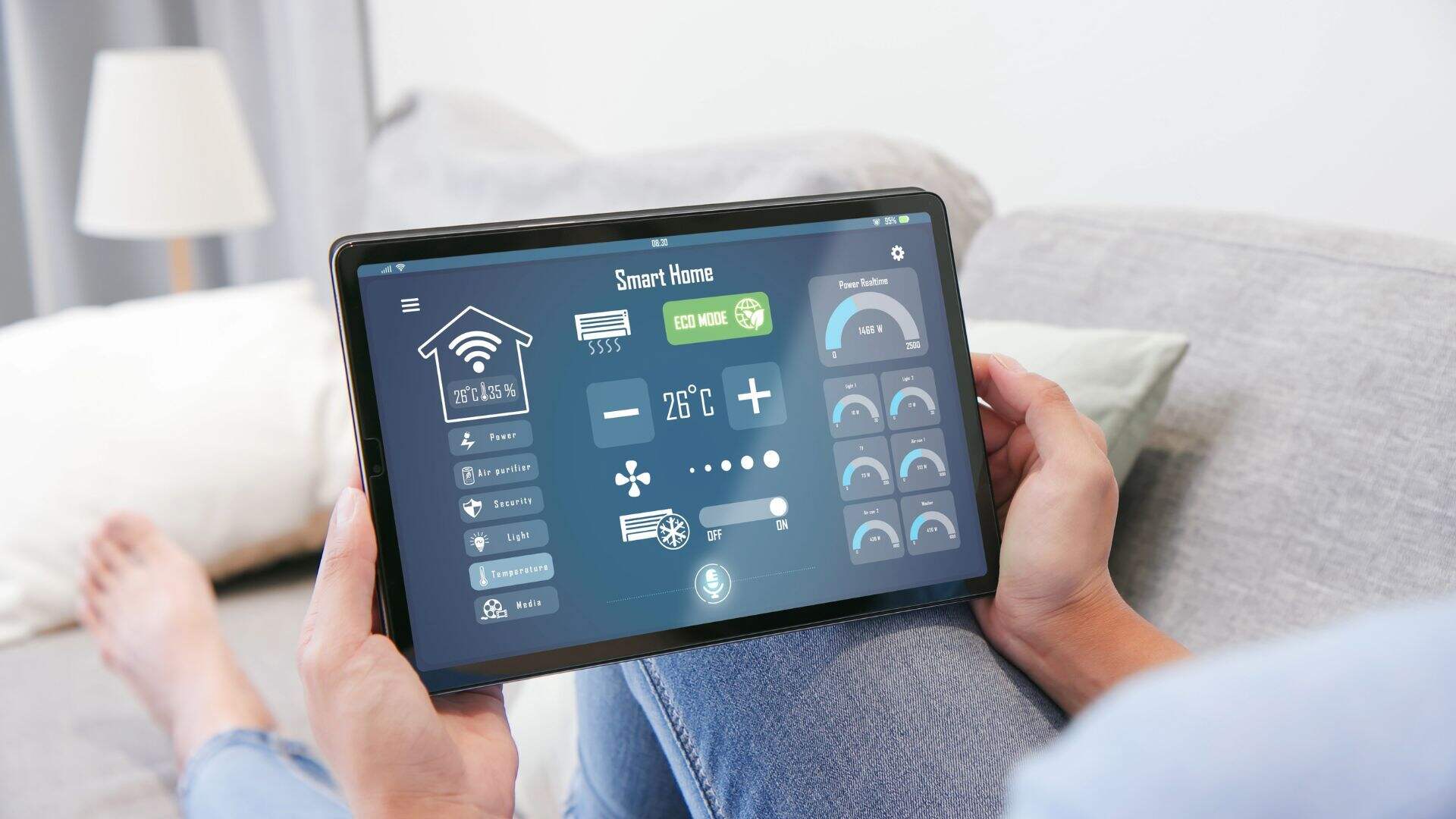
#tabletsmarthome #smarthometablets #smarthomemonitor #homeautomationtablet #homeassistantfiretablet #tabletforhomeautomation
Is there an app that controls all smart devices?
Yes, there are now some integrated software or platforms that can control smart devices of multiple brands, helping users manage and control all smart hardware in the home on a unified interface. Common smart home control platforms include:
1. Google Home
Google Home supports a wide range of smart devices, including smart lights, smart speakers, smart TVs, home appliances, etc. Users can manage these devices in a unified manner through the Google Home app. Control them through the voice assistant Google Assistant, create automated scenes, set scheduled tasks, and remotely control devices at home. Supports Android and iOS devices.
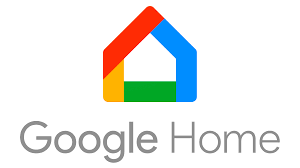
#androidtablet #androidtablets #tablet #tablets #factory #tabletfactory #manufacturer #oem #odm #meetingtablet
2. Amazon Alexa
Alexa can connect to smart devices from multiple brands, such as smart bulbs, door locks, thermostats, cameras, etc. Use the Alexa voice assistant to control devices, create smart home scenes, and automate tasks. Alexa supports voice control through Echo devices, and users can also control it through the Alexa mobile app. It supports Android and iOS devices and is highly compatible with devices in the Alexa ecosystem.
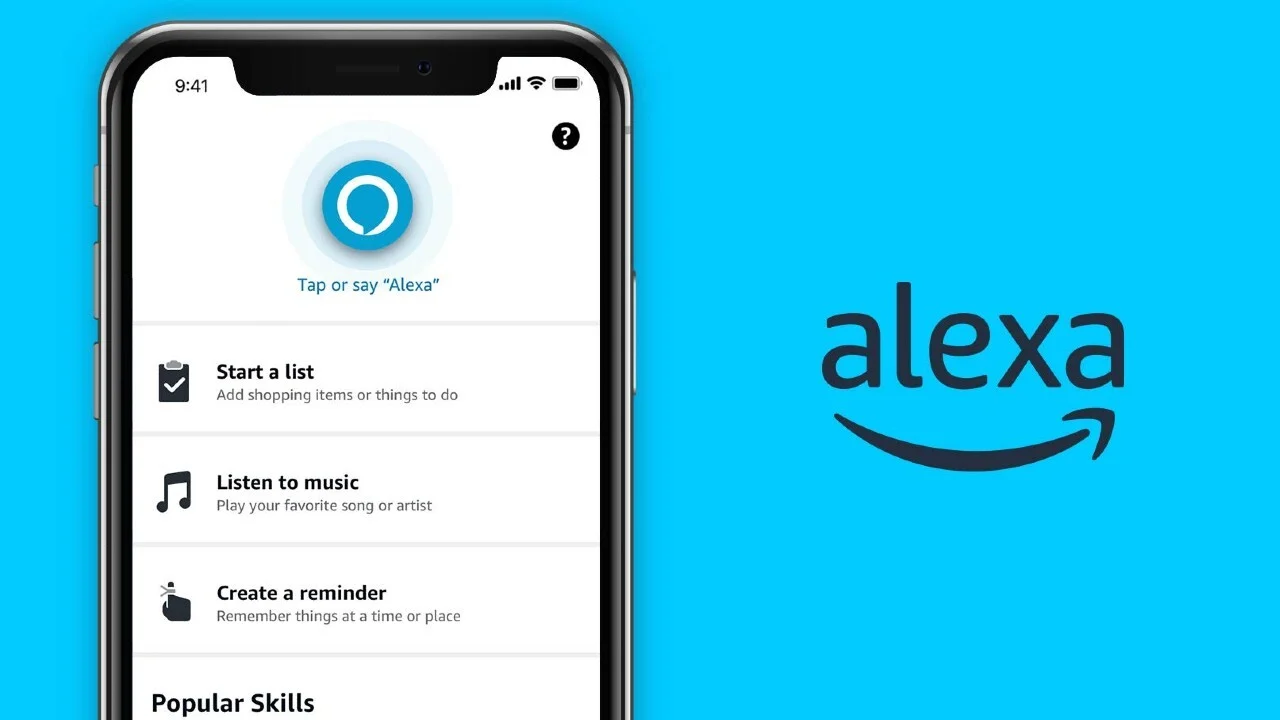
3. Apple HomeKit
Apple's HomeKit platform supports smart devices from multiple brands, including lamps, door locks, thermostats, sensors, etc.Manage smart home devices through Siri voice control, Apple Home app, and automation rules. HomeKit also works perfectly with other Apple ecosystems such as iPhone, iPad, Apple Watch, etc. Only supports iOS and macOS devices.
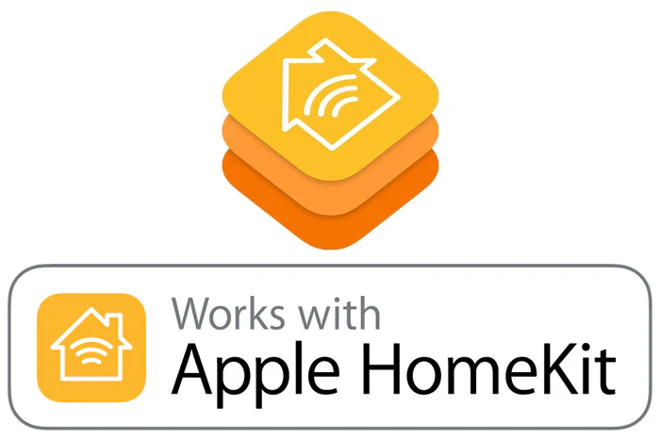
4.SmartThings (Samsung)
The SmartThings platform is compatible with a variety of smart home devices, including home appliances, security equipment, sensors, etc. In addition to controlling and managing devices, SmartThings also allows users to create automation rules and link different devices to achieve smart scenarios. At the same time, it supports control through voice assistants such as Amazon Alexa and Google Assistant. It supports Android and iOS devices, Samsung devices, and devices from other brands.
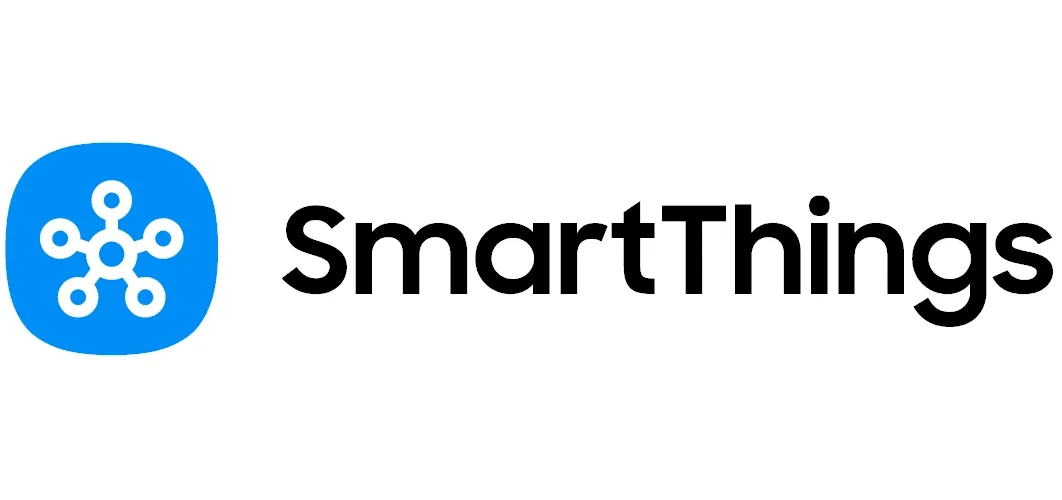
5.Home Assistant
Home Assistant is an open source platform that supports a variety of smart home devices. It can control almost all smart hardware in the home by integrating APIs and plug-ins of multiple devices. It supports a high degree of customization and can create automation rules, remote control, integrated voice assistants, etc. Its openness makes it very popular among technology enthusiasts and developers. It supports Linux, Windows, macOS and Docker, and can also run on small hardware such as Raspberry Pi.
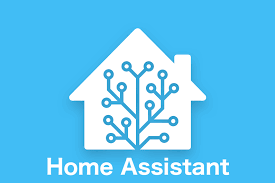
6.Tuya Smart
Tuya platform is a smart home platform that supports multiple brands and types of device management, covering lighting, security, temperature control and other aspects. Users can control devices through Tuya's app, or voice control through Alexa and Google Assistant. Tuya also supports the creation of automated scenes, scheduled tasks, etc. Supports Android and iOS devices.

What are examples of smart devices?
1.Intelligent lighting system
Smart bulbs from brands such as Philips Hue, LIFX, and Yeelight.Smart bulbs can be controlled through mobile phones, voice assistants (such as Alexa, Google Assistant), or automation settings. Users can adjust the color, brightness, color temperature of the light, and even set a timer to turn the light on and off.
2.Smart door lock
August Smart Lock, Schlage Encode, Yale Assure Lock. Smart door locks use technologies such as Wi-Fi, Bluetooth or Z-Wave to allow users to remotely control door locks, set temporary access permissions, and even unlock with fingerprints or passwords through their mobile phones to enhance home security.
3.Smart Speaker
Amazon Echo, Google Nest Audio, Apple HomePod. Smart speakers can not only play music, but also serve as the control center of voice assistants. Users can control other smart devices through voice commands, get weather and news, set reminders or timers, and even control other devices in the smart home.
4.Smart air conditioning/heating system
Nest Thermostat, Ecobee Smart Thermostat, Honeywell Lyric T6. These devices can automatically adjust the operation of air conditioning or heating according to the temperature changes in the room, saving energy and maintaining a comfortable indoor temperature. Some smart thermostats can also predict the best temperature setting by learning the user's usage habits.
5.Smart curtains/blinds
Lutron Serena Shades, Soma Smart Shades, Ikea Fyrtur. Smart curtains can be opened and closed, and adjusted in angle through a mobile phone app or voice control. They can also operate automatically according to a set schedule to help save energy, protect privacy, or adjust indoor light.
6.Smart surveillance camera
Ring Doorbell, Nest Cam, Arlo Pro. These smart cameras can monitor the security of the home in real time and send notifications to users through their mobile phones. They also support video calling functions (like Ring doorbells), allowing users to communicate with visitors remotely.
Summary
Smart home devices are very diverse, covering all aspects of life. From lighting and security to health monitoring and appliance management, smart homes are gradually penetrating into our daily lives, helping us improve the quality of life and save time and energy. With the continuous development of technology, smart home devices will become more intelligent and interconnected, and will bring a more convenient and comfortable living experience in the future.


